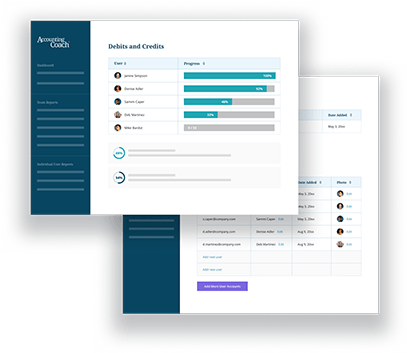Definition of Adjunct Account
An adjunct account is a general ledger account that is related to another general ledger account. The combination of the balance in the adjunct account and the other general ledger account is the carrying amount or book value of the main account. An adjunct account might be referred to as a valuation account.
Example of Adjunct Account
Assume that a corporation issued bonds with a maturity value of $2,000,000 but investors paid the corporation $2,100,000 because of the bonds’ favorable interest rate. The corporation will record the transaction with a credit to the liability account Bonds Payable for $2,000,000, a credit to the related adjunct liability account Premium on Bonds Payable for $100,000, and a debit to Cash for $2,100,000. At the time the bonds are issued, they have a carrying amount or book value of $2,100,000. (The corporation will then amortize the Premium on Bonds Payable to Interest Expense over the life of the bonds.)
Definition of Contra Account
A contra account is a general ledger account with an account balance that is the opposite of the normal balance for that account classification. For example, Accumulated Depreciation is a contra asset account that is associated with asset accounts for buildings, equipment, vehicles, etc. The asset accounts have debit balances, but the related account Accumulated Depreciation will have a credit balance.
Examples of a Contra Account
Assume that a company’s Equipment has a debit balance of $450,000. The related account Accumulated Depreciation of Equipment has a credit balance of $190,000. Therefore, the carrying amount or book value of the equipment is $260,000.
Assume a company has sold goods on credit for $900,000. As a result, its Sales account was credited for $900,000 and Accounts Receivable was debited for $900,000. Several customers were disappointed in the goods they received and the company gave them a sales allowance of $10,000. In order to account for such allowances, the company will debit the contra sales account Sales Allowances for $10,000 (instead of debiting Sales) and credits Accounts Receivable. The company will likely combine the credit balance of $900,000 in the Sales account with the debit balance of $10,000 in the Sales Allowances account and report net sales of $890,000.




